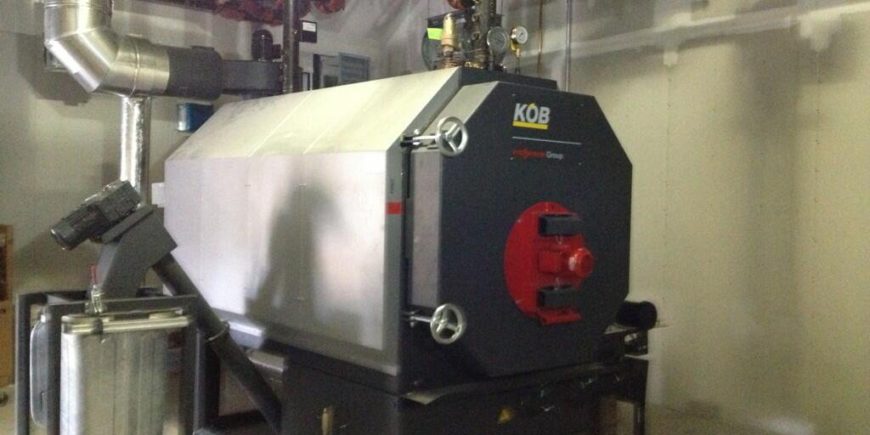Using a wood stove can be a great way to cut your heating bills, keep your house warm and reduce the use of greenhouse gas-emitting fossil fuels, but burning wood requires care to prevent fires.
Here are some tips to using a wood stove safely:
1. Make sure the stove is installed according to the manufacturer’s recommendations. Stoves should be atop a fireproof surface with adequate clearances to walls or flammable furnishings. The fireproof surface the stove sits on should extend out from it at least 18 inches on all sides to protect your floor or rugs from dropped coals or spilled ashes. Stove pipes should be fastened with screws to prevent them accidentally coming apart when the stove is operating.
Minimum required clearances are generally listed on a plate on the back of the wood stove.
2. Make sure that the chimney and stovepipes are clean of soot and creosote. To check, open the chimney’s cleanout door and look up it using a mirror and flashlight. If you can see the sky and the walls of the flue clearly, it probably is clean enough. If not, get it cleaned.
3. Burn only seasoned wood. Green wood gives off less heat because some of the fire’s heat must first evaporate the water from the wood. Burning unseasoned wood will result in the buildup of creosote which can lead to chimney fires.
4. Clean all the creosote and soot out of the base of the chimney and keep the cleanout door closed during operation. Over the summer rain and wind may cause creosote from last year’s stove operation to fall down the chimney and build up at the bottom. If it is not regularly cleaned out, a dropped spark could set it afire.
5. Keep all flammable materials (kindling, paper, rugs, furnishings) away from your stove when you operate it — most stove manufacturers require 3 feet of clearance on all sides of the stove (unless it backs up to a brick wall).
Allowing flammable materials to be too close to a stove resulted in a house fire that killed 5 people in Warwick in March – don’t take chances with your family’s safety just to save a little money.
6. Try to burn a hot fire once or twice daily to reduce the buildup of creosote in your stovepipes and chimney. Burning a fire with the draft choked down all the time causes creosote to build up.
7. Be careful with hot ashes from your stove – ashes should be put in a metal container with a lid away from any flammable materials until they’ve had sufficient time to cool (at least 1 week). Do not put ashes in paper or plastic bags, plastic buckets or cardboard boxes – they often conceal small live coals that can start fires.
8. Keep a fire extinguisher handy. A small ABC fire extinguisher can be used to extinguish hot coals or smoldering materials if they escape.
9. If you hear a rushing sound or the stove pipe or chimney seems excessively hot, close the stove’s draft and call 911 for the fire department.
10. If you have ANY concerns about whether your stove is operating safely, call 911 and the fire department will come and check.
